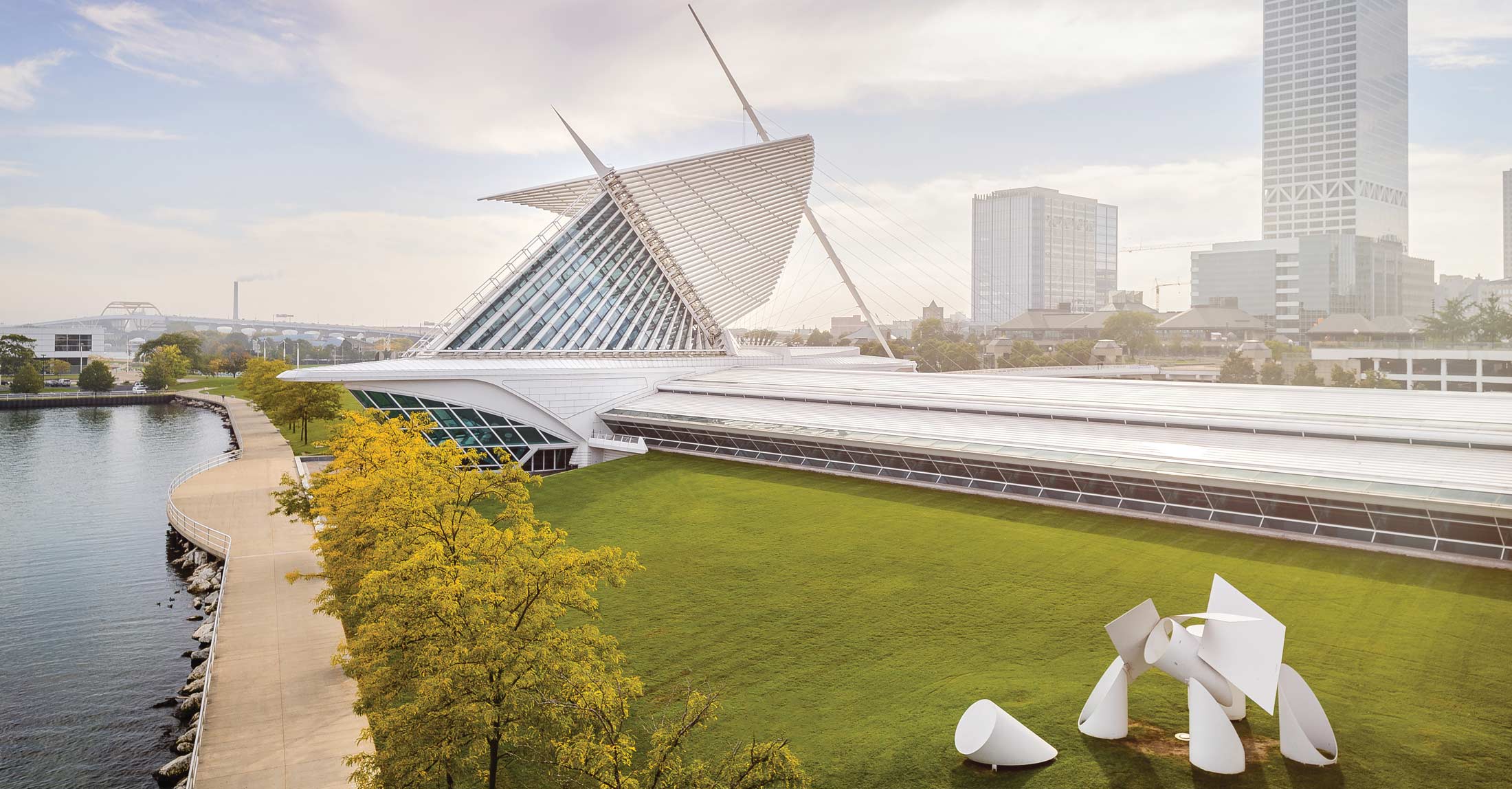
Milwaukee Art Museum Features Early Graphic Work by Adolph Gottlieb
Milwaukee, WI, March 30, 2007— Adolph Gottlieb: Early Prints, on view at the Milwaukee Art Museum May 24 – August 19, 2007, is a rare opportunity to view the graphic work by an important Abstract Expressionist artist. Though small in scale, the prints provide an intimate view into the artist’s creative process at the crucial moment in the development of his style, and in the evolution of Abstract Expressionism.
Gottlieb and the Abstract Expressionists, a dynamic group of artists based in New York City in the 1940s, used diverse imagery and styles while sharing a commitment to spontaneity and the subconscious. Long known for their evocative paintings, and with their emphasis on creating unique statements, very few Abstract Expressionists worked in the graphic media. The printed work of these artists has only recently become the subject of research.
The exhibition features all forty of the images the artist is known to have created from 1933 to 1947/48, the first phase of Gottlieb’s printmaking career. These works show the artist’s use of etching as creative means to explore both the abstract and the iconic imagery. Working on a second-hand press he erected in his kitchen, Gottlieb began to explore new symbols in grid-like forms in the early 1930s. Like some of his Abstract Expressionist colleagues, Gottlieb was interested in an art that would be comprehensible to all viewers. During this thirteen-year period, Gottlieb’s influence extended beyond his personal work, as he founded two influential artist groups entitled “Ten” (1935) and “New York Artist Painters” (1943.) Artists such as Mark Rothko, John Graham and George Constant were among the members of these two groups.
Drawing on the work of the psychoanalyst Carl Jung and his notion of the “collective unconscious,” Gottlieb created timeless images. These compositions include such primal elements as earth, water, humans, and animals. He sought a universal visual language of invented symbols that were meant to evoke ancient signs and symbols drawn from, for example, American Indian and Pre-Columbian mythical symbols. He used the term “Pictograph” as a label for these compositions in order to highlight their differences from standard Western painting and drawing. These self-described “Pictographs” began to appear in 1941. The works would help shape the modern American psyche in the artwork of postwar America. However, Gottlieb worked in very small editions – often just a single proof or an edition of ten – and had little motive to sell his prints thus making his early graphic work exceedingly rare.
Adolph Gottlieb: Early Prints was organized by the Adolph and Esther Gottlieb Foundation, Inc. In Milwaukee Mary Weaver Chapin, assistant curator of prints and drawings, coordinated the exhibition.
Digital images available upon request.
The Milwaukee Art Museum includes the new Santiago Calatrava-designed Quadracci Pavilion, completed in October 2001 and named by Time magazine “Best Design of 2001.” For more information about programs, events and exhibitions, please visit us at www.mam.org.
###
